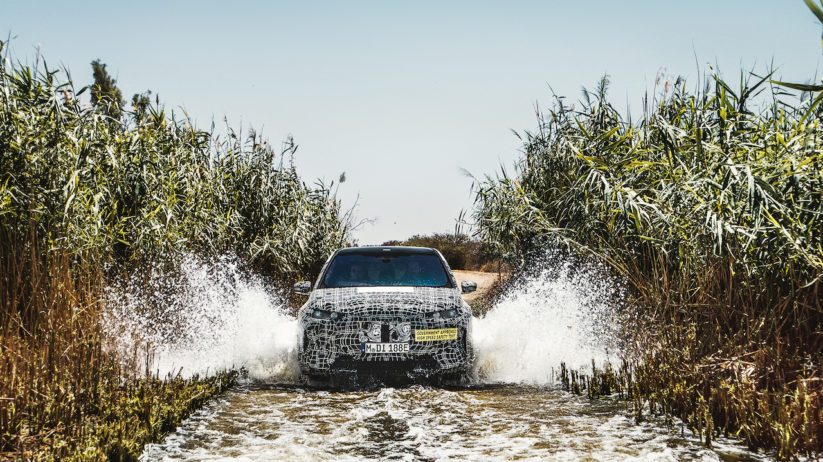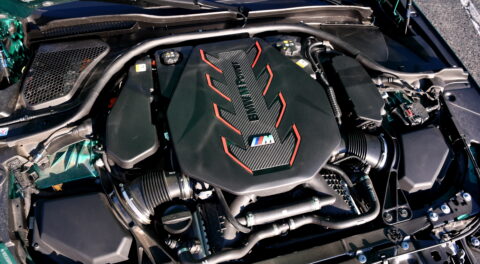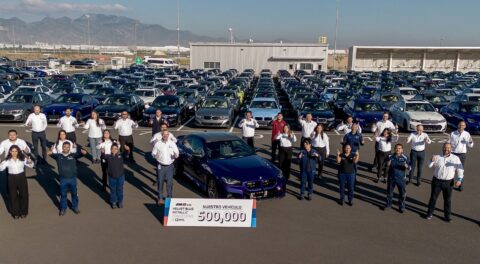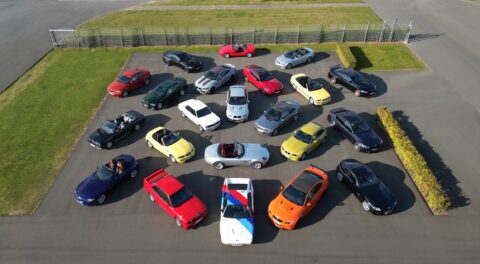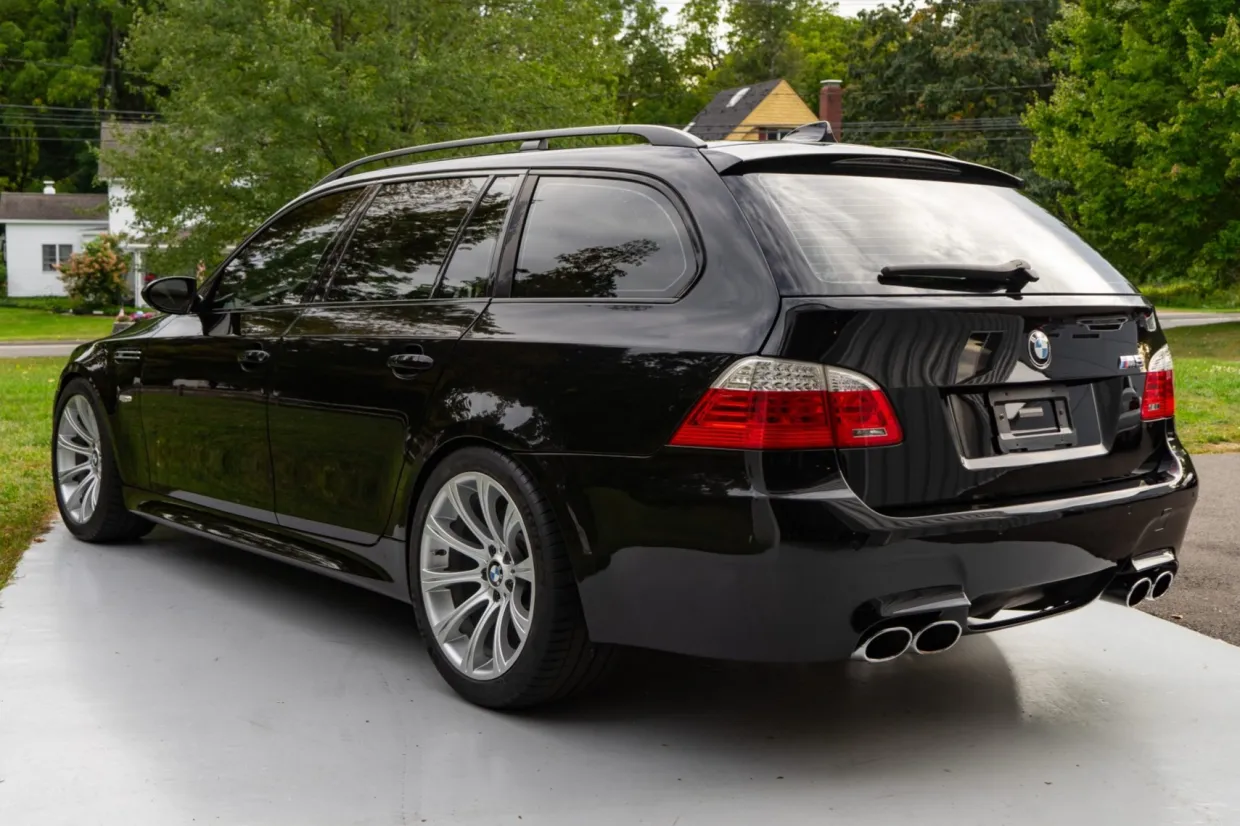Like all of BMW’s other prototypes, iNext will be one very well-traveled machine. From Arjeplog, Sweden, to Death Valley, California, it is safe to say that pre-production BMWs are certainly more well-traveled than most of their drivers. That same tradition continues with the latest iNext prototype, which will be grabbing its passport and receiving its itinerary for its very own world tour, as it enters into a new phase of development.

For the past year or so, enthusiasts have been made very aware of BMW’s electrified future, driven by the upcoming debut of the highly-anticipated iNext program and 2023 debut of the 25 model electrified lineup. As the demand and market for electric vehicles continues to magnify, so have BMW’s production efforts. The push comes as a result of the brand’s fast-approaching 2021 debut of the iNext program, a fulfillment of the Number One > Next corporate strategy that the brand has been putting into the spotlight, hence the pricey $450,000,000 renovation of the Dingolfing pioneer plant in December of last year.
BMW knows very well that the company’s future of electromobility is in the hands of their iNext prototype—precisely why it must be meticulously engineered prior to becoming the electric pioneer it was conceptualized to be.
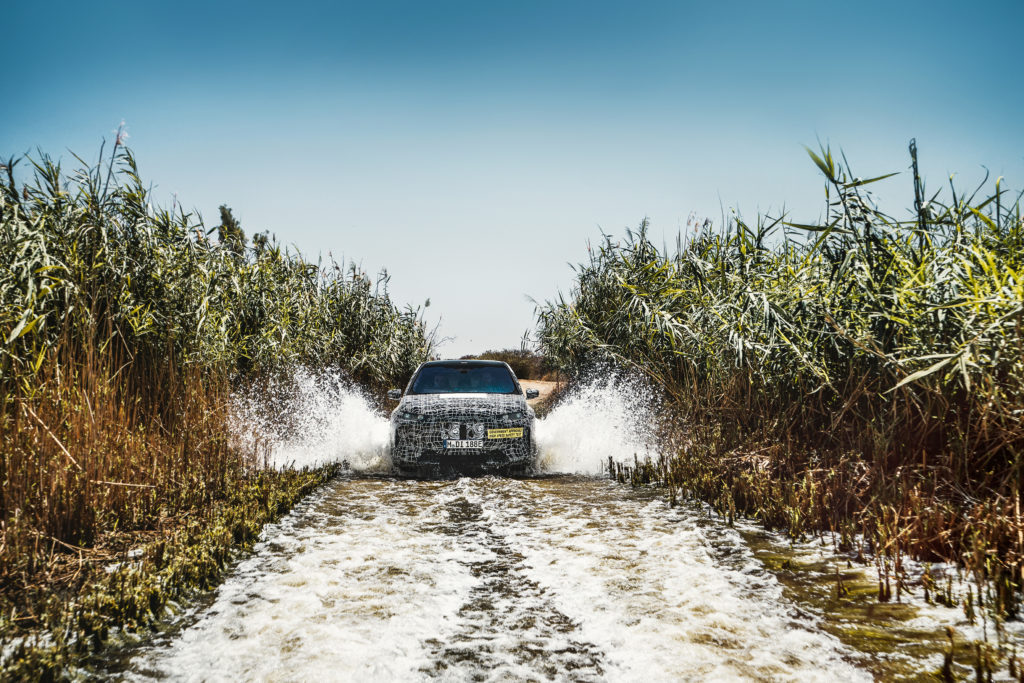
As the ‘technological flagship’ and front-runner for the electrified vision, iNext begins a worldwide, extreme-climate, rigorous testing schedule to prepare it for production. As a fully-electric vehicle, it is imperative that the iNext be subjected to even more extreme conditions than its combustion-driven cousins. While the general public is already comfortable with tried-and-true combustion models, not all consumers are convinced by electric technology, and some still remain hesitant. This stigma is one of the many reasons why BMW has pushed for more stringent testing schedules—to prove the quality, reliability, and competitive performance of the all-electric luxury SAV.
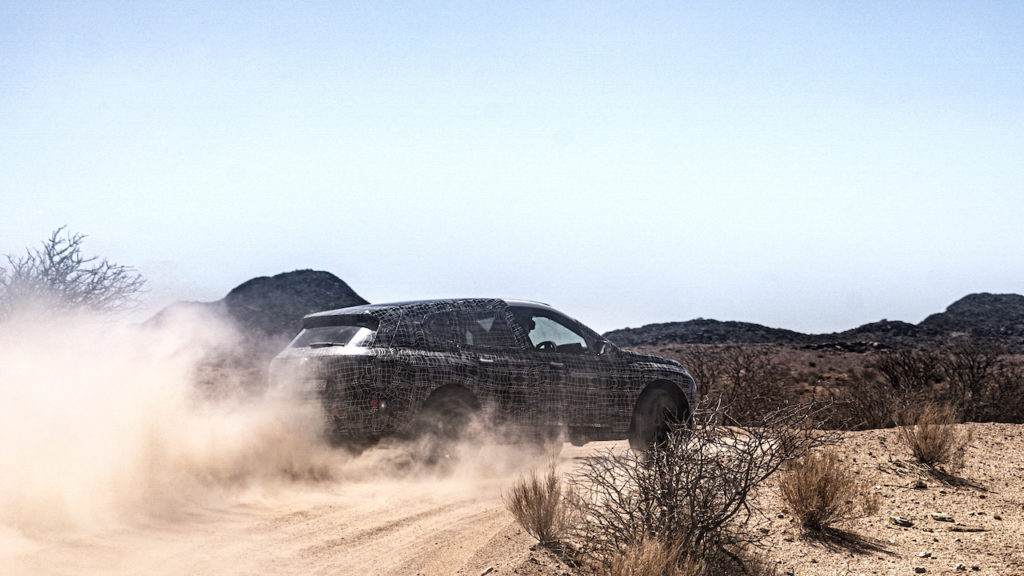
Similar to the sub-zero and triple digit excursions of the X5, M8, and G20 3 Series prototypes of late, iNext will also undergo similar prototype development testing. In order to prove the ironclad durability of the electromobility pacesetter, iNext will be subjected again to a sub-zero, polar climate in the Arctic Circle, which will then be contrasted with the dusty, sub-Saharan aridity of the Kalahari Desert in Southern Africa. Each location is chosen specifically to challenge the new technology of the all-electric SAV, which includes a new integrated cooling concept for the high-voltage battery and interior air conditioning driven by thermal pump technology—both of which will experience tremendous electromagnetic, mechanical, and thermal strain throughout the testing process.
Because each destination features a vastly different biome from the previous, the prototype will not only be subjected to extreme temperatures, but also experience different driving surfaces, including sand, rock, gravel, asphalt, ice, and snow, among others. This dichotomy allows test engineers to not only run the gamut of internal mechanical stressors, but also external chemical and environmental pressures as well.
While the vehicle’s electric system must function without flaw under these conditions, so too must all of the supporting systems, including the xDrive all-wheel drive system, safety stabilization software, and all other digitized aspects of the prototype. Non-mechanical aspects like the interior panels, weather-stripping, and exterior multi-stage paint must also withstand the battering of pebbles, snow, sand, and other elements that they may come into contact with, without introducing squeaks, creaks, or rattles into the car subsequent to vast temperature swings.
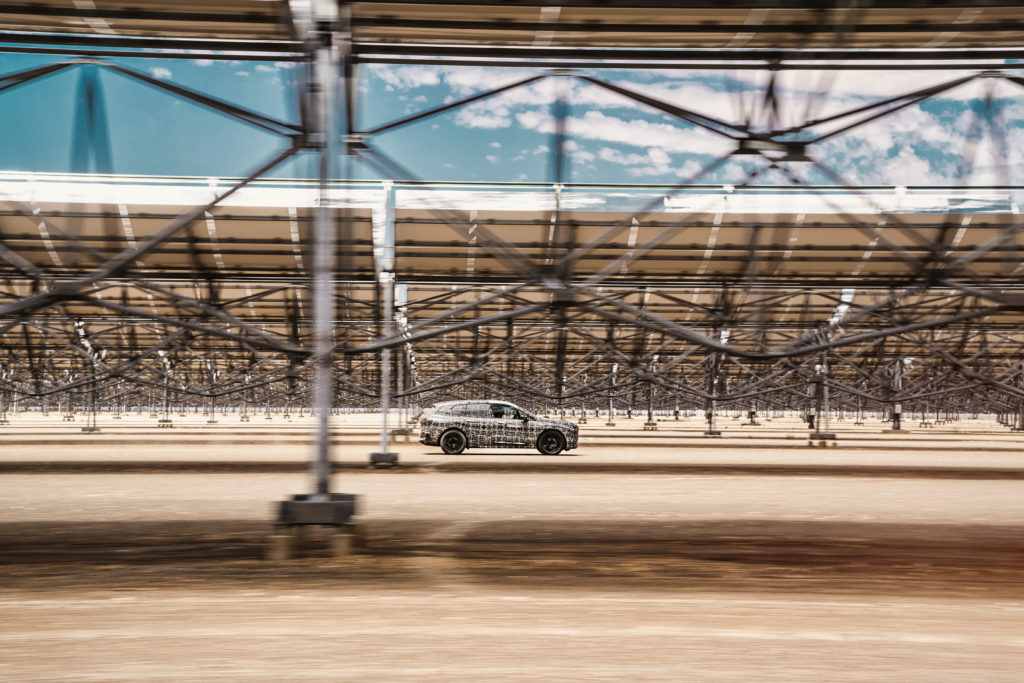
Coupled with on-track testing at BMW Group’s proving grounds at Miramas in Southern France and the legendary Nürburgring Nordschleife in Germany, BMW can effectively expose the prototype to a multitude of real-life driving scenarios that the production model may (or more likely may not) experience over the entirety of its lifetime. Virtual and SIM technology rigs, like the one used for the G20 3 Series prototype, also provide an edge for engineers looking to make predictions about certain driving situations via direct data collection from sensors and mechanisms connected to the vehicle as it undergoes predetermined movements and exercises laid out by BMW’s software engineers.
With production set to officially start in 2021 at BMW’s premier plant in Dingolfing, iNext marks the beginning of a new era of BMW. We’ve seen electric technology suffer over the years when subjected to the expansive and contractive effects of extreme temperatures; decreasing driving range and overall performance—a stigma that BMW aims to change with this prototype, along with the minds of skeptical consumers. With tests of olympic proportions, it is hard to believe that the public will not be at least a little impressed by BMW’s determination to deliver consumers a quality, scrupulously-engineered all-electric SAV. iNext is running the gauntlet—and we are hoping it emerges victorious, as a perfected, series production-ready version of itself.—Malia Murphy
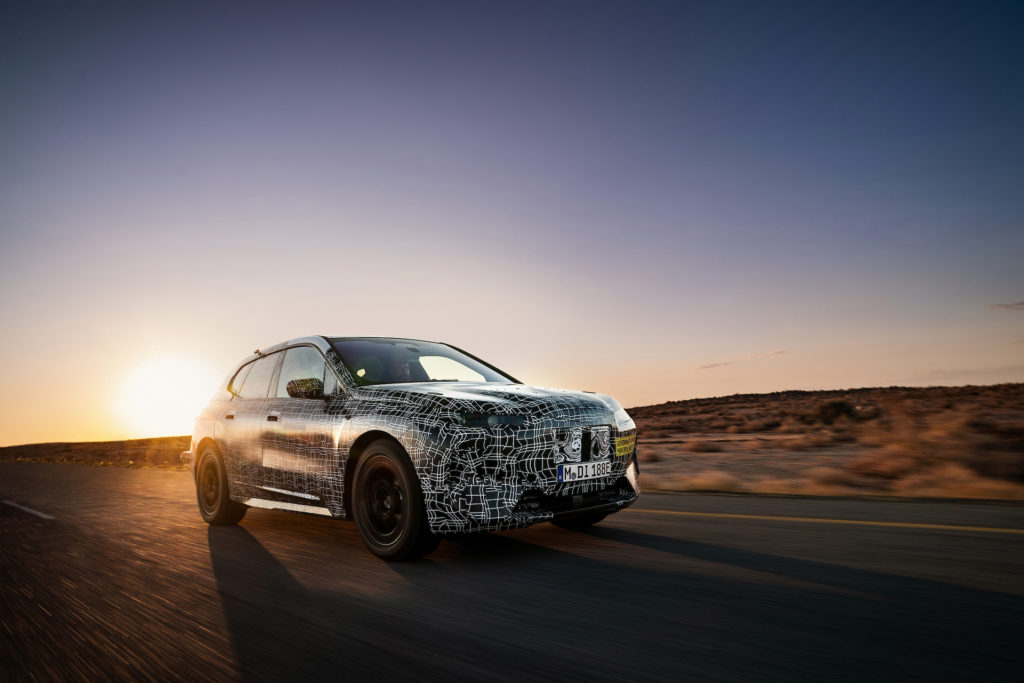
[Photos courtesy BMW AG.]

